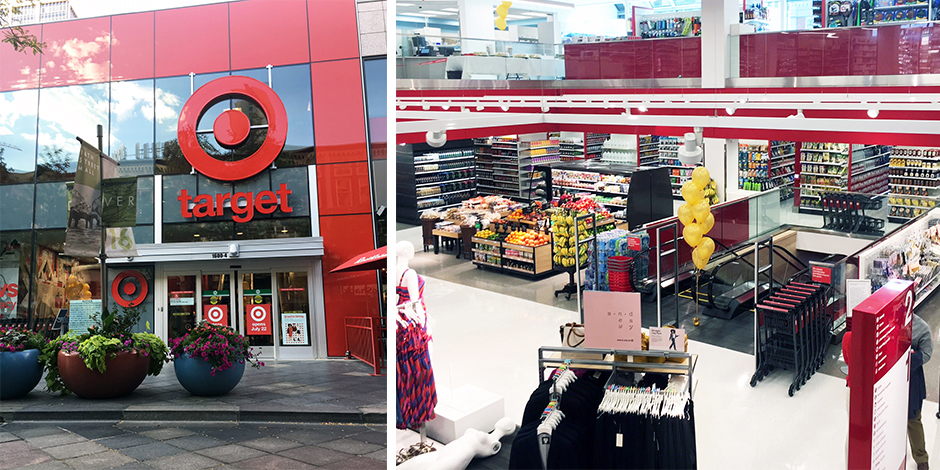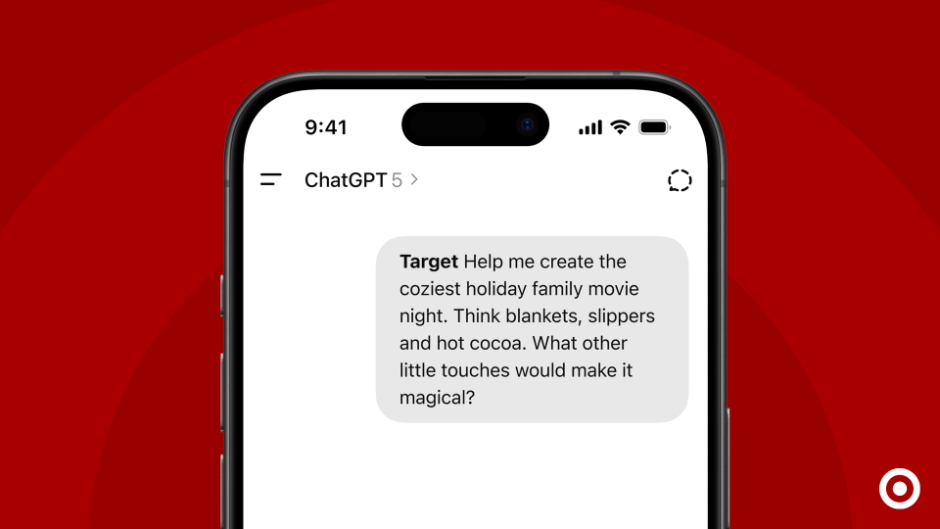You may have heard that Target’s opening more of our small-format stores in neighborhoods across the country. But you may be wondering: What are small-formats, exactly, and how are they different from other Targets?
For starters, they live up to their name as some of our smallest Target stores, and for a good reason. Their flexible designs let us bring the best of the Bullseye into urban neighborhoods, near colleges and other areas where a full-size Target wouldn’t fit, so we can serve up easy and inspiring shopping experiences for new guests across the country.
Want a closer look? Step inside two of our small-format stores in the Boston area to hear from the teams how they deliver exactly what their local guests and communities want.
Here’s a history lesson: We first started testing urban-geared formats back in 2012, and through the years, we’ve learned a lot and refined our approach. The format we use today was first introduced near the University of Minnesota in 2014, and we kept on making adjustments from there. Last year, we opened 30 small-format stores—doubling the number we’d opened up to that point—and we’ll open about 30 more each year over the next few years.
Just how small do our small-format stores get? They’re all different, starting as small as 15,000 square feet or less, though the average small-format Target is around 40,000 square feet, about one-third the size of our full-size 130,000 square-foot store. Fun fact: our newly opened store in Chicago’s Wicker Park neighborhood is the smallest to date, spanning just 12,800 square feet. The size of each one is based on what we think will best fit and serve the neighborhood.
Because these spaces cover a lot less ground, our teams have to be extra efficient when planning how to fill each one. We do plenty of research to understand the surrounding community and its needs—such as noting which other businesses are nearby and conducting listening sessions with local guests, groups and community leaders—and design our merchandise plans to match. So a small-format located near a bustling tourist shopping destination might have a vastly different assortment than another just six blocks away, located in a residential area with lots of families with kids and babies.
Inside each small-format, guests will find many of the categories (like Home, Apparel, and Food and Beverage) they’d expect to see in a full-size store, but with smaller assortments curated for their local neighborhood. For example, we’ll carry paper towels in our urban stores, but in smaller pack sizes so it’s easier for guests to carry home and store in smaller spaces. It’s all about listening to our guests in each neighborhood and bringing customized shopping experiences to life.
Looking for photos? Visit our pressroom gallery for hi-res downloadable images.




